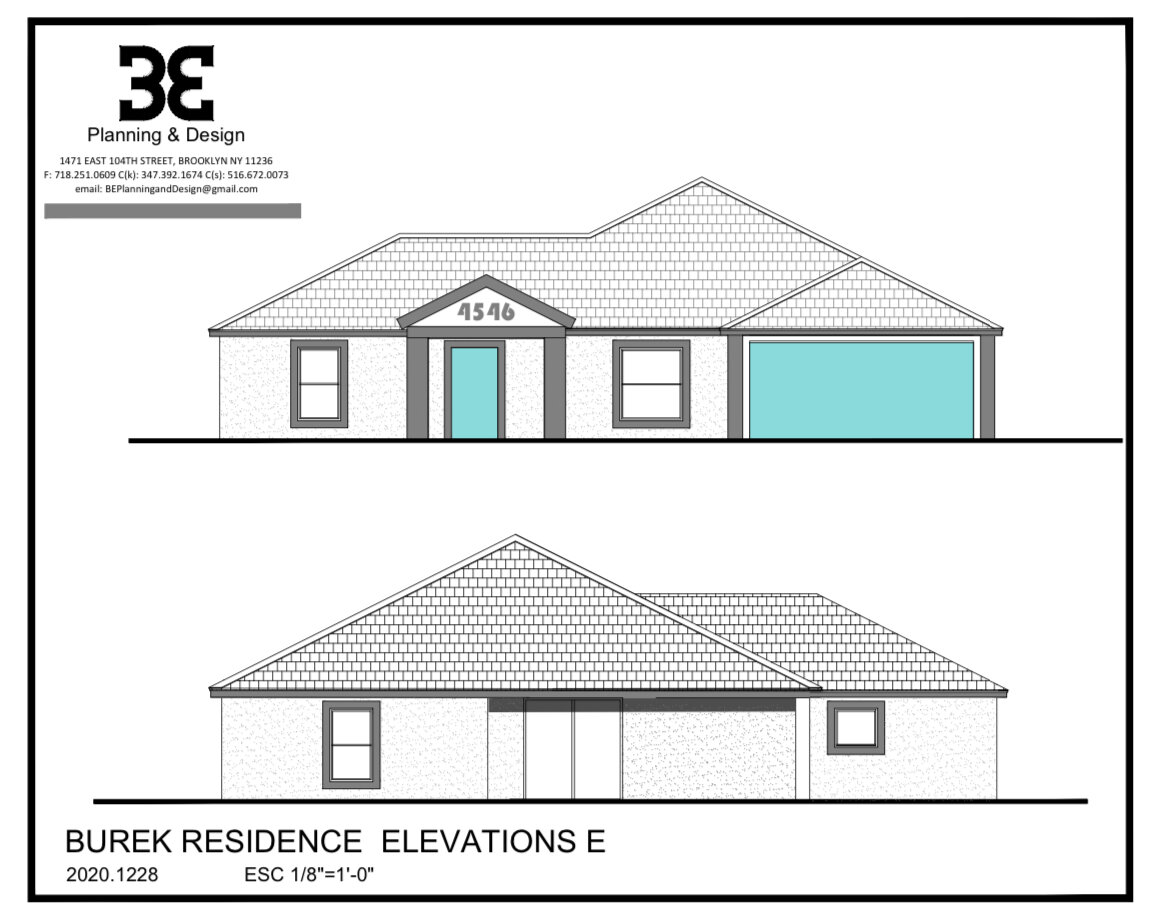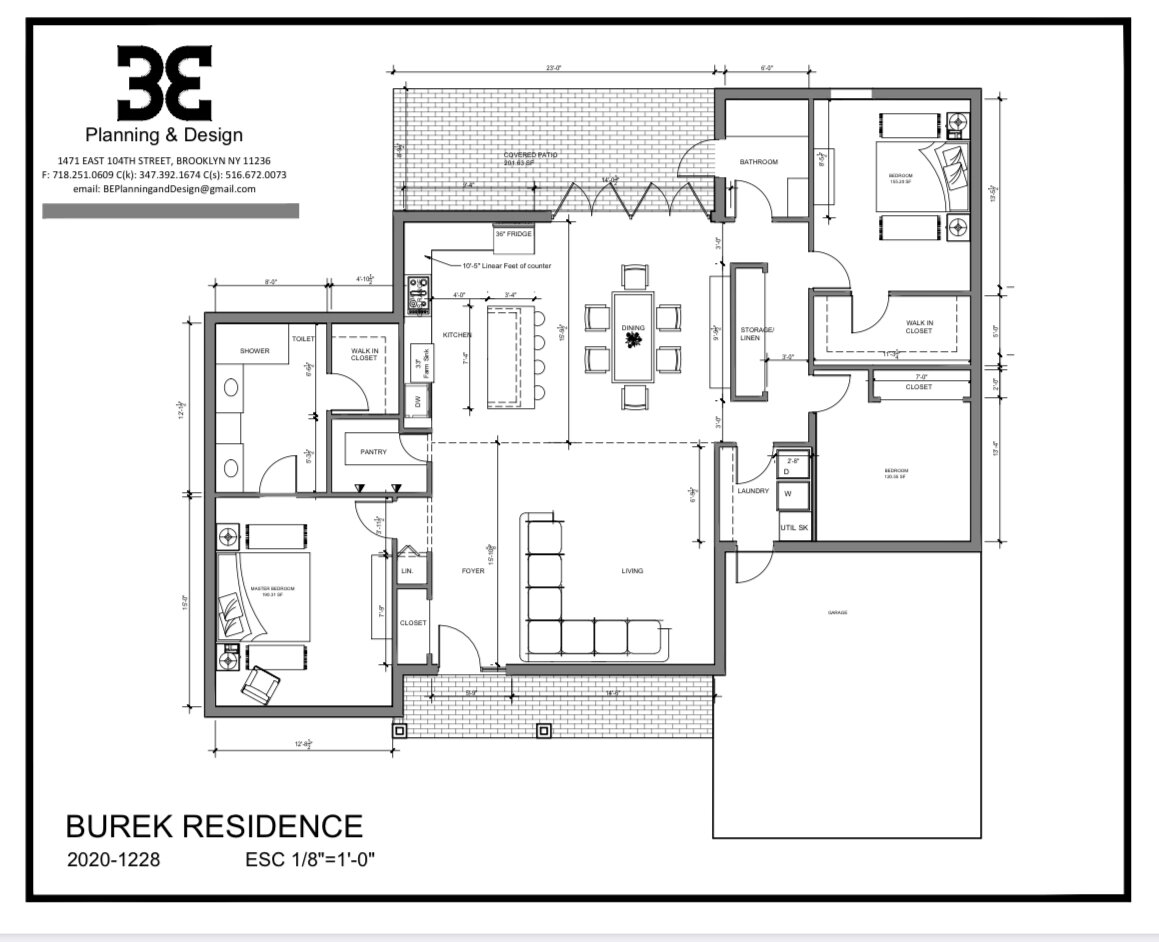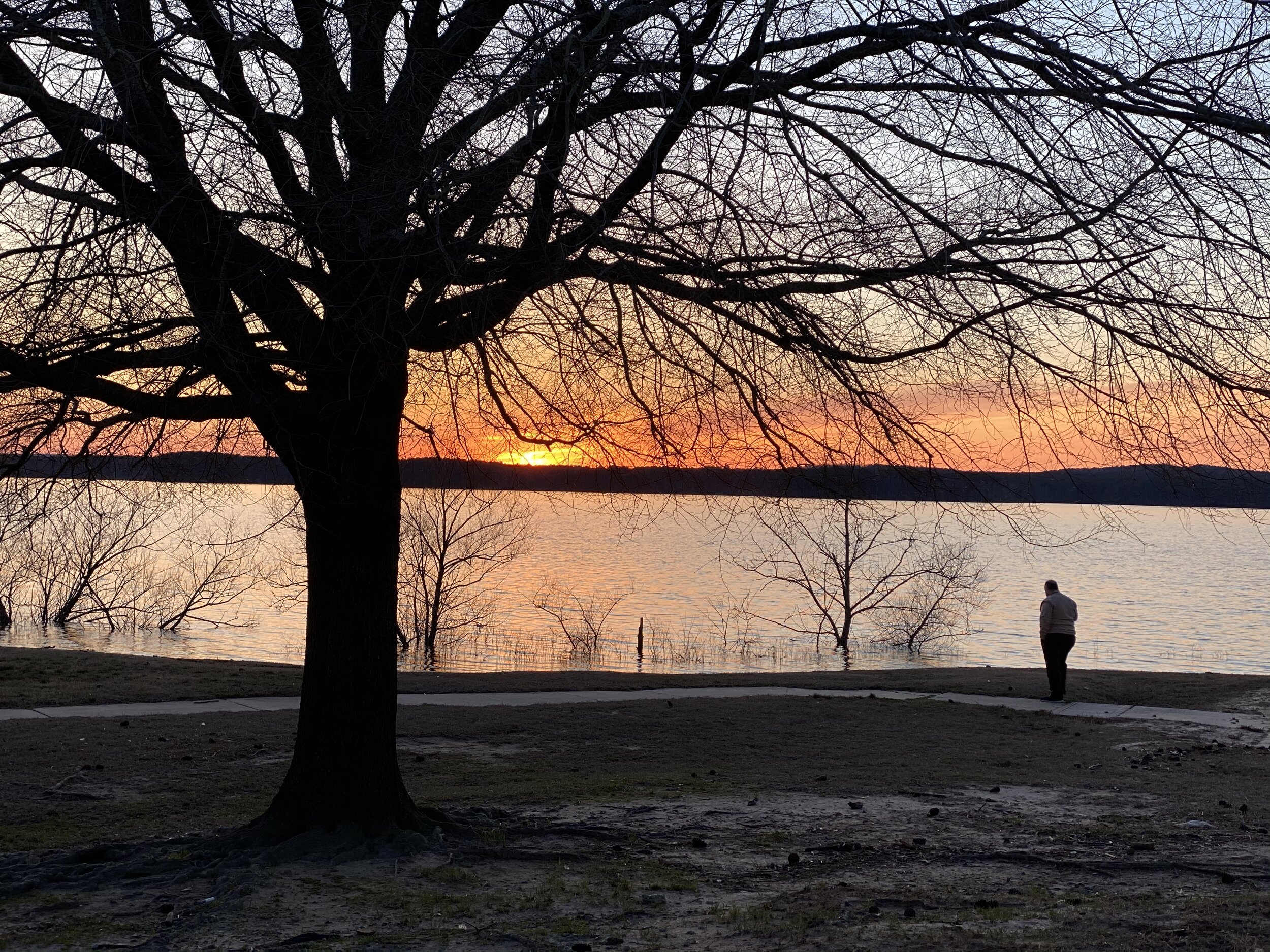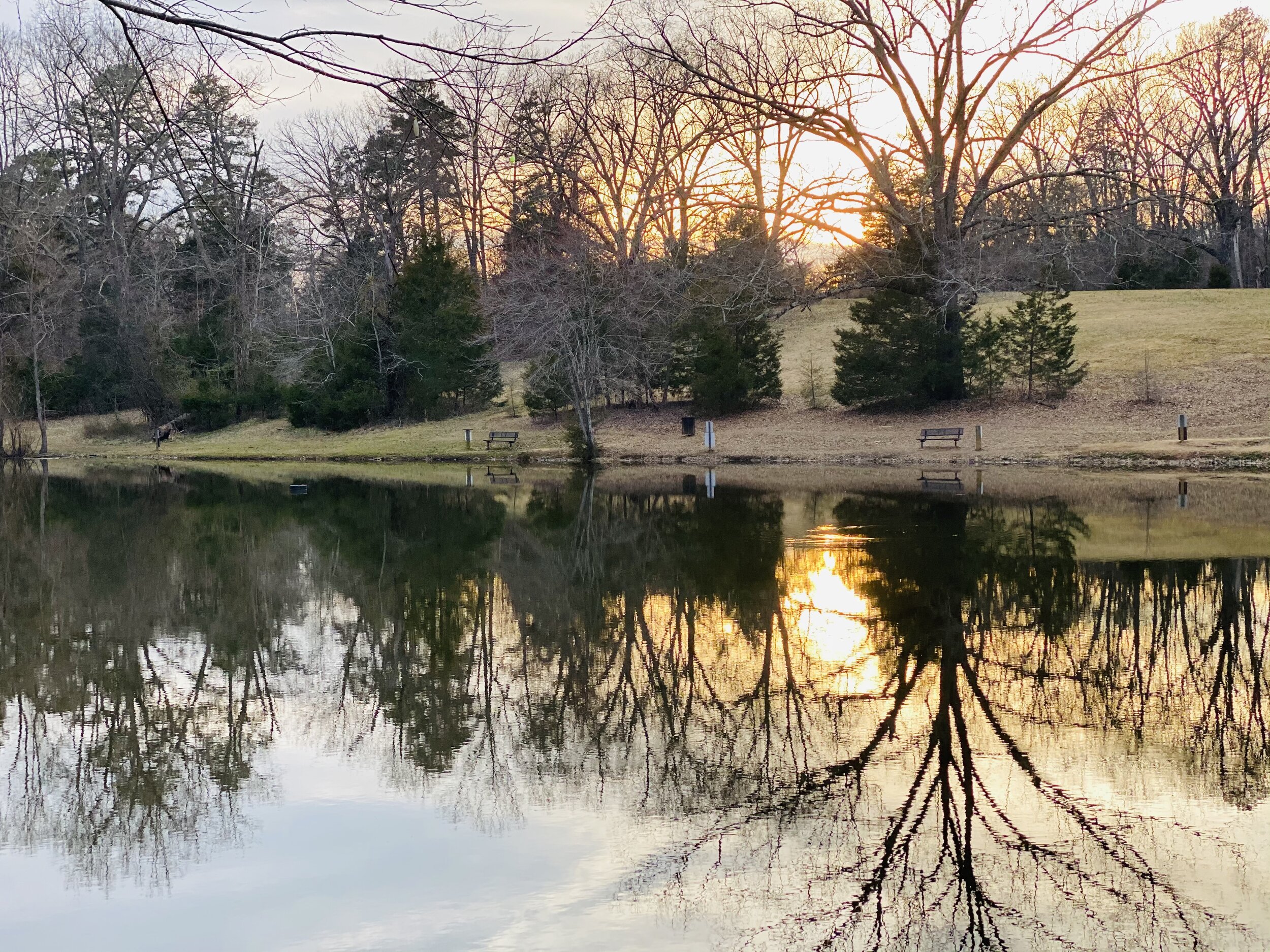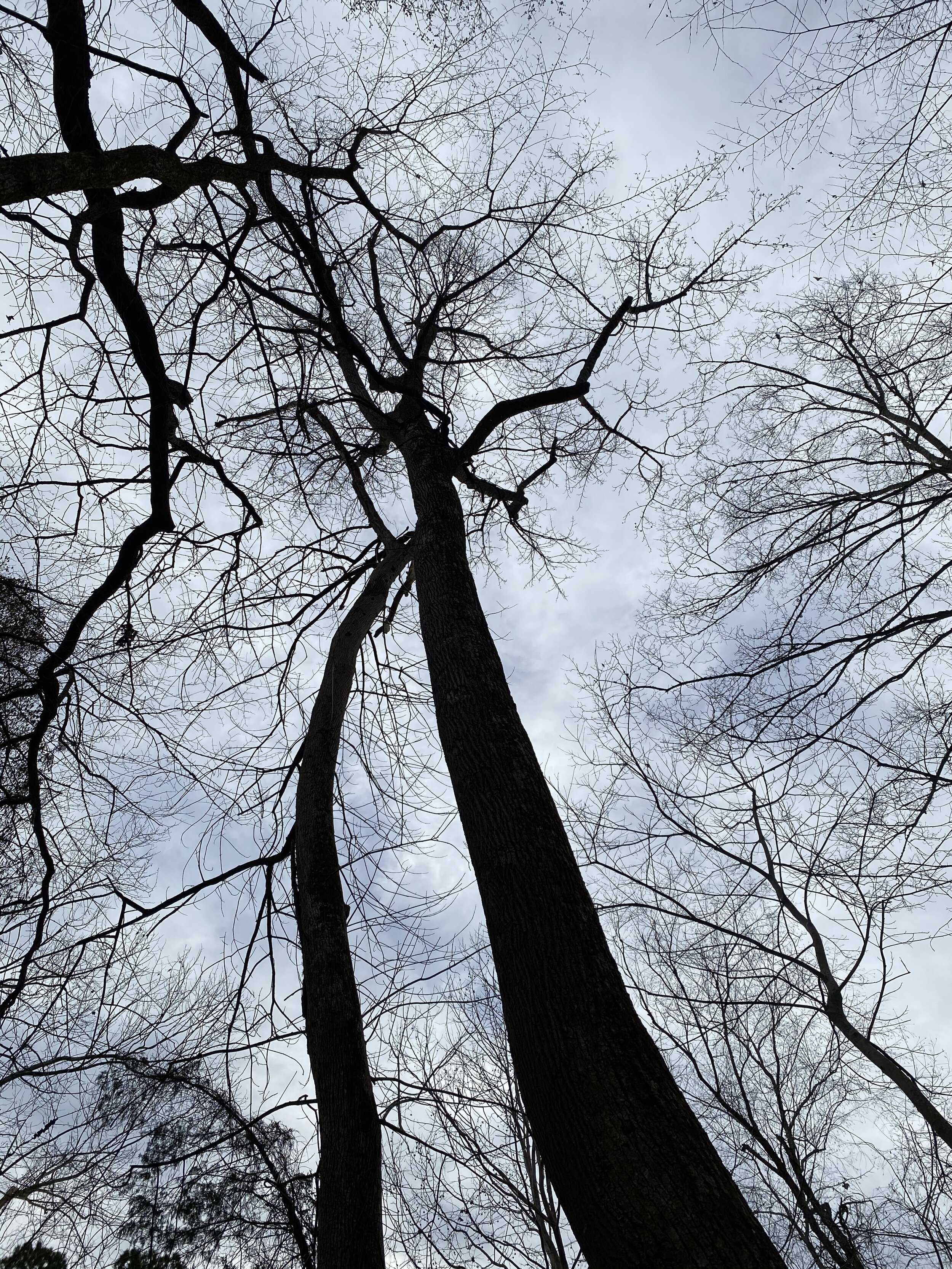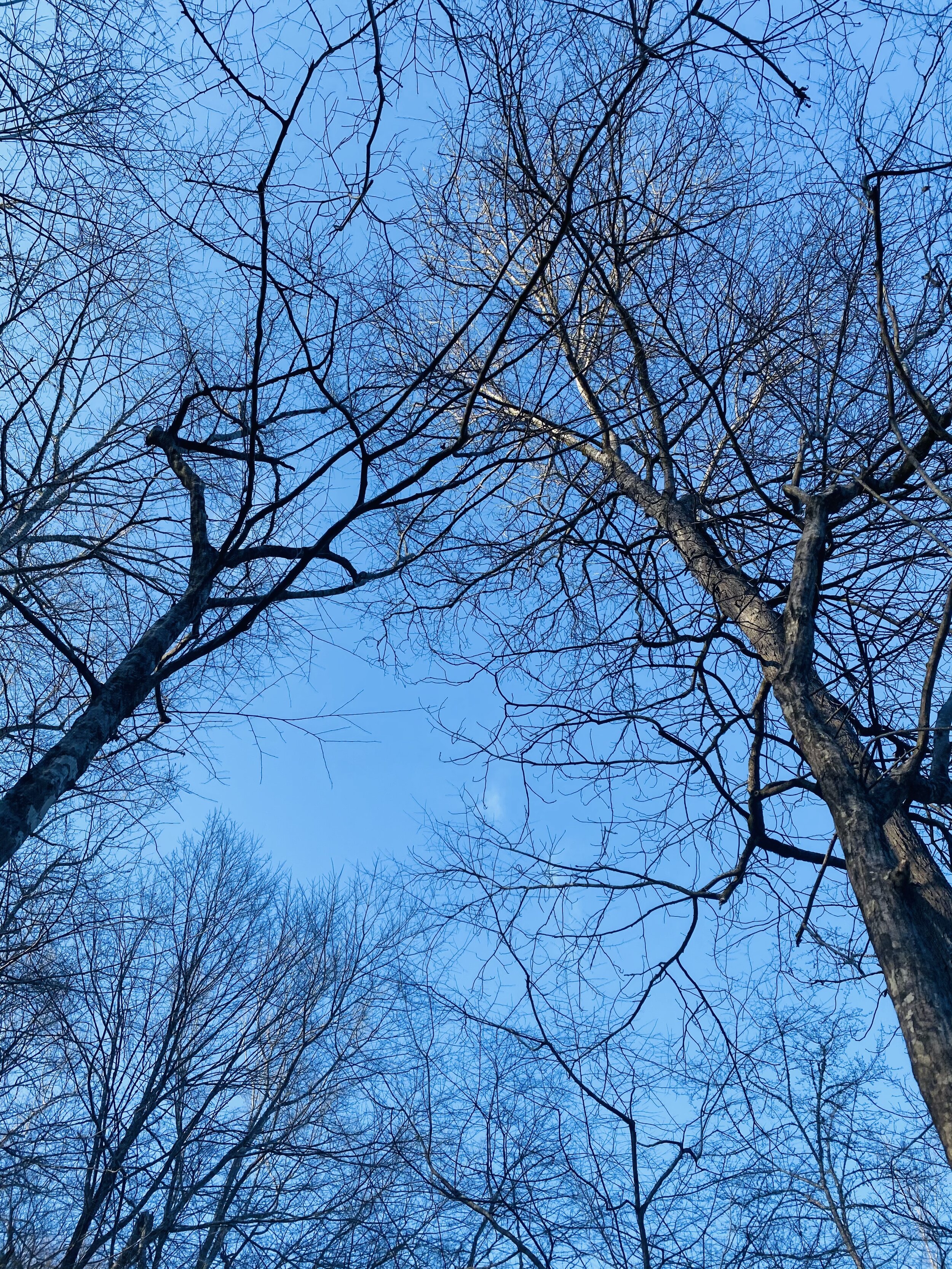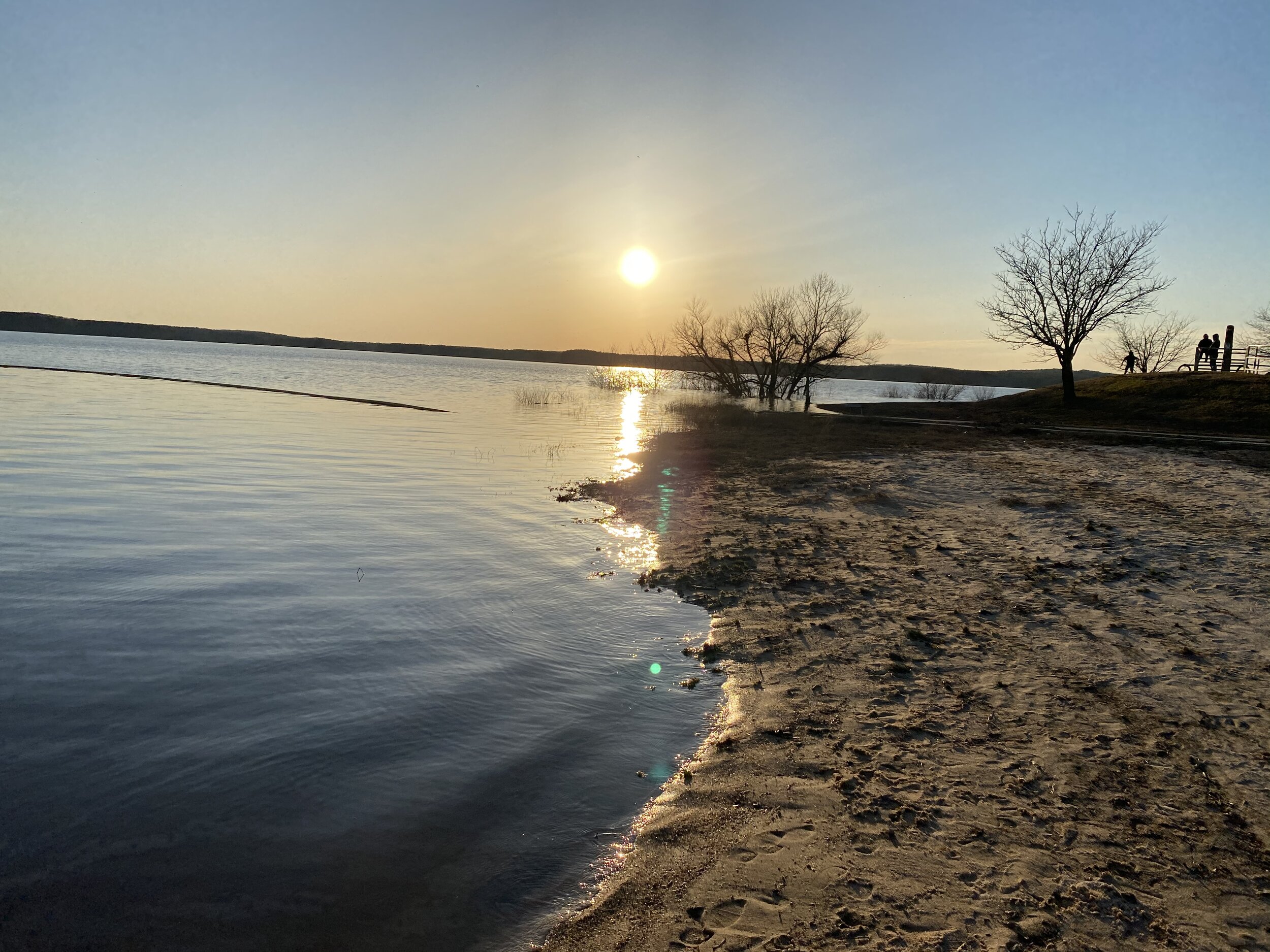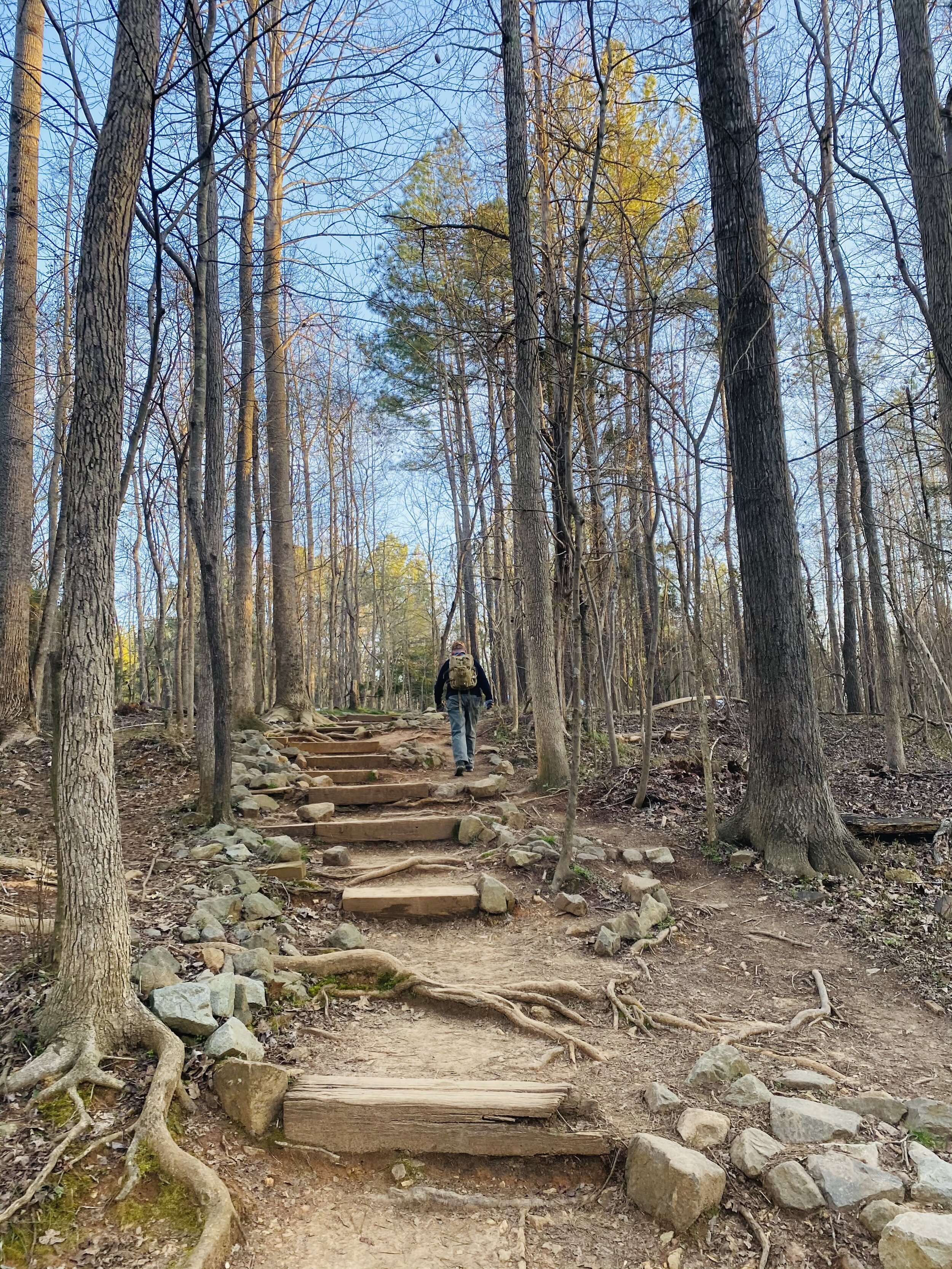KATHLEEN ETTIENNE
Portrait courtesy of Kathleen Ettienne.
Kathleen Ettienne migrated to the U.S. and studied architecture at the esteemed Pratt Institute. Ettienne’s fascination with architecture began in her home country of Trinidad and Tobago at the tender age of eleven. She worked for several well-known firms after she graduated. As a black professional, she sought to create a vehicle through which diverse and developing architects and designers might showcase their contributions to the greater design community. Blacklines of the design were, and still is one of her largest creations. Outside of being part owner of a design company, BE Planning and design, she is also the proud owner of a construction company (Jordi Construction). Something her father would have been proud of had he been alive today.
Diversity within the Trade
What inspired you to study architecture?
Baby Kathleen. Image courtesy of Kathleen Ettienne.
I lost my dad at the early age of 11. He was a building contractor and I wanted to follow in his footsteps in some way. I picked up sketching and doodling as a hobby. At school, I would draw portraits of my friends. I drew houses and pretended I was designing my own home. Along the way, architecture became a real interest. The Internet was not yet the means of research so I would skim through newspapers and magazines when I could find them for anything that was architecturally interesting. My mother was always very supportive and did all in her power to guide me in the right direction. Being born in the islands of Trinidad and Tobago I did not know where to begin. With some investigations and many obstacles of a gender-biased school system, My mother successfully petitioned for access to the district’s industrial art program. As the first female student admitted to the curriculum where I learned, metal shop, carpentry, and technical drawings. I was on my way to fulfilling my dreams.
Kathleen at a home renovation project. Image courtesy of Kathleen Ettienne.
Name a woman architect who most influenced you as an emerging professional? How?
There are several women who come to mind. Once I graduated from high school, I went to work for a Trinidad-based architectural firm, Leonard Holder & Associates. I was trained under two women who more or less took me under their wings. At that time we were not using computers and all these computer-aided designs. Technical drawings were technical drawings. Everything was done by hand. A craft that seems to be lost. A few years later, I immigrated to the US and I attended NYC Technical College. One of my professors was a woman who was also Trinidadian born, Heather Philip O’Neil. It was very impressive at the time to be able to share this unique experience with another black woman. It was at this time I realized how small the population of black men and women was in this white-male-dominated field. Once I started my bachelar’s degree at Pratt Institute, I became very involved in student groups BASC (Black Architectural Student Coalition) and was drafted to be the student rep at NOMA (National Organization of Minority Architects). There I met women like Roberta Washington and Elisabeth Kennedy who to me were trailblazers and still are today.
Kathleen at a home renovation project. Image courtesy of Kathleen Ettienne.
Name a favorite project completed by a woman Architect. Why is it your favorite?
Though there are many women I can draw from as a reference, the ones that really stick out for me are those who continue to go unrecognized while making significant contributions. After immigrating to the U.S., I lived in Long Island and New Jersey before settling in Brooklyn. I lived on Washington Avenue in Crown Heights in the middle of the almost abandoned Franklyn Avenue and Empire BLVD shuttle train. The shuttle station project was commissioned to Roberta Washinton, a black female architect. It was long considered one of the most rundowns and neglected transit systems. This for me was so symbolic. Though still attending college and trying to connect with people of color in the profession, here comes this phenomenal trailblazing woman giving a facelift to this historical project while the transit authority wanted to close the line. While some may see this as small and not as significant as a skyscraper or a museum, it was significant in a community that was more or less depressed at the time. A community of color was restored by a black woman and for me, that spoke volumes.
Kathleen at a construction renovation project. Image courtesy of Kathleen Ettienne.
Are there any organizations that helped you grow in architecture? How did they help you grow?
Attending Pratt institute where students of color were heavily outnumbered, the few of us joined a student group that was created by some alum before my time. B.A.S.C (Black Architectural Student Coalition) was created to be a support system and a voice for students of color. There was a strong study group built within to assist with preparations for final class critique and end-of-semester exams. This led me to connect as a student rep to N.O.M.A. (National Organization of Minority Architects) for several years. Being the liaison between students and professionals in the industry opened doors and allowed me the opportunity to attend board meetings, travel to different states, and attend national conferences. Gaining this exposure was a huge stepping stone and bridged the disconnect. To this day I am still using those connections to build all aspects of my profession, construction included.
Kathleen’s BE planning and design architectural work. Image courtesy of Kathleen Ettienne.
Tell us about your passion for travel. How do you think traveling and learning about different design typologies and cultures help you become a better designer?
OMG, travel has been my life’s best teacher and experience. The blend of culture and diversity as it relates to architecture is just limitless. It offers lessons and opportunities, with an understanding and appreciation for cultural designs. Relating to space differs from the African continent to South America, to the Caribbean, the varied concepts and approaches may be rooted in the traditions but in my observation and understanding of different diverse approaches to city planning, erected skyscrapers or urban architecture offers unique but very similar ideas. Architecture can be seen as a product of culture and designed for people who will eventually use it. The environment lends to the benefit of space development that can be viewed by the way humans respond to its needs.
Kathleen’s travel photography. Image courtesy of Kathleen Ettienne.
As you reflect on the past year, what did you discover as your biggest strengths?
The past year was indeed a challenge for everyone on a global scale. Covid disrupted a lot of lives. We lost loved ones, businesses folded, many became unemployed, schools were now operating in our living rooms and we currently live with facial coverings. Through all this, I was able to launch my construction business, and my partner and I are able to stay afloat, despite the challenges. The lockdown allowed me the time to recreate and exemplify strength. Not allowing fear to take control especially being the head of my home and having to be an example to my children, I had to display courage and constantly be a reminder to them that this will pass and all will be well. Many businesses may never return but what should be drawn from this is how do we utilize our skills to either rebuild, recreate, or partner with others.
Kathleen’s home renovation project in progress. Image courtesy of Kathleen Ettienne.
Kathleen’s home renovation project in progress. Image courtesy of Kathleen Ettienne.
If you were able to talk to your younger self, what would you say?
If I had to talk to a younger Kathleen I would say, “Hey girl, the road is already paved for you. Other women pioneered and left some real footprints for you to follow. Don’t be afraid to live your passion, be bold, ask questions, do research.” I probably would have said to wait to be a mom as it is indeed a challenge pursuing a career with a young child”. She is one of my biggest blessings and was a huge encouragement for me to persevere. I would say, set your goals high, seek mentorship, surround yourself with like-minded individuals. I would say, Kathleen, sometimes our paths are chosen for us or we can choose our paths but being happy with our decision is what is important. If you are not happy, then what you do becomes a job, when you are happy it becomes your career.
Kathleen’s home renovation project. Image courtesy of Kathleen Ettienne.
What would you want to say to the next generation of aspiring women architects?
I’d say the next generation of female architects should identify a mentor as early as possible. I believe there is not enough of that in the industry. Once this becomes a real interest and she is committed, there should be that one go-to person for ideas and information about her architectural career path. Along with that, they should provide guidance, motivation, resources, and emotional support to her. This may help with exploring job opportunities, gain networking skills, setting goals, developing contacts, and identifying resources. They must also understand what all the educational and professional criteria are. It's important to join organizations and attend related events that would help in building her connections in the industry, It's imperative for this to happen as early as possible.
Kathleen’s home renovation project in progress. Image courtesy of Kathleen Ettienne.
In terms of rising concerns and problems (in the architectural profession) over the past year, what is one change that you wish would happen and it did not?
Raising awareness to young black children at an early age is a must for me. Not many of our young people know what an architect does. Even understanding the different career paths connected to this profession. Landscape architecture, lighting design, Interior design, Urban designer, Industrial architecture, construction management, and more. An architect can be a jack of many of these trades. My point is in our community, who are the gatekeepers of the profession, and who is passing the baton? How do we engage our young folks in this unique art form? Why are we not telling our own stories of greatness? In 2020 there was a lot of stillness but it was also a time for reflection. Black Architects Matter! we have a voice and we should sound it in the ears of the youth!! Let us now encourage them and support them to become firm owners and not just employees. We have a long way to go but we can begin now.







